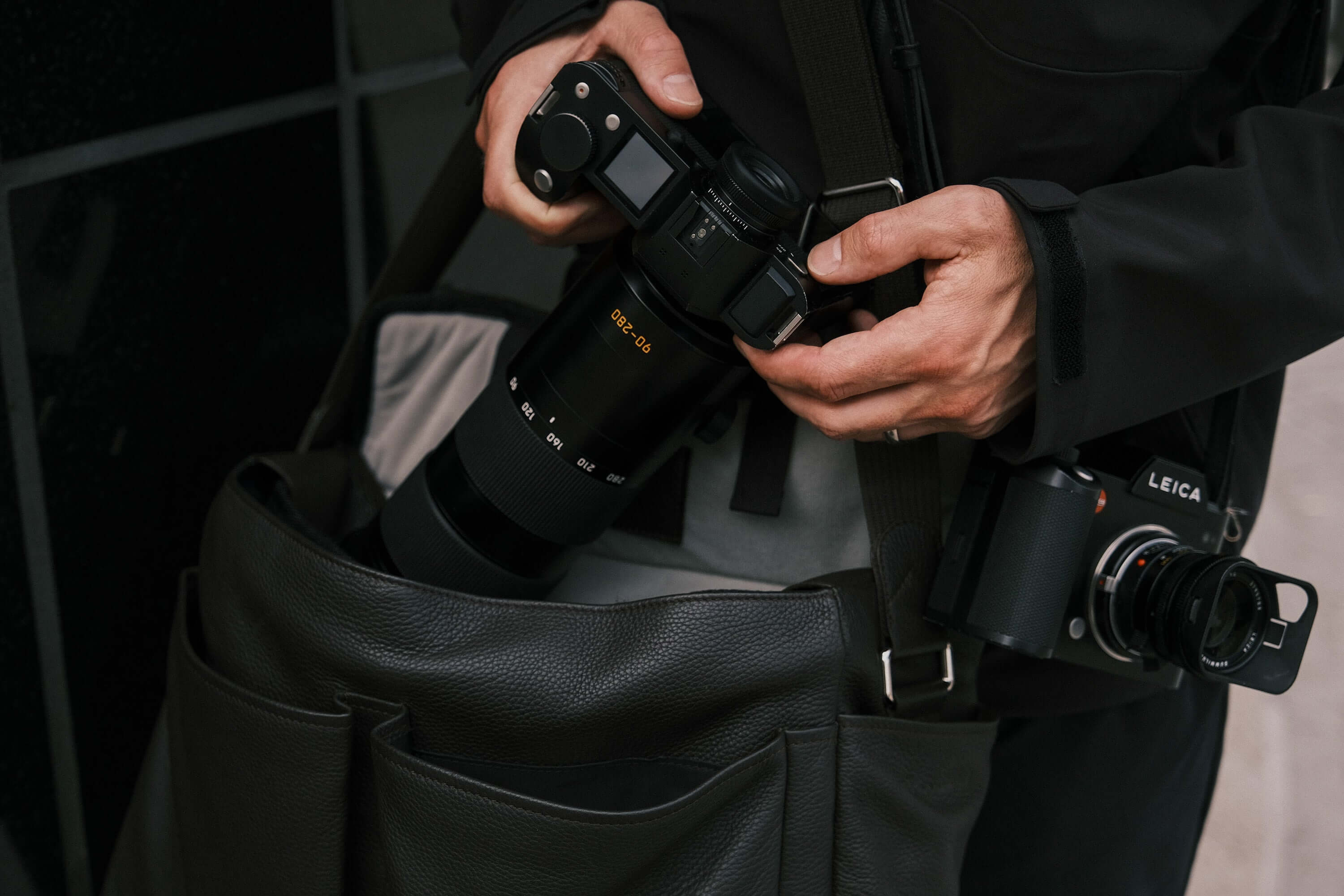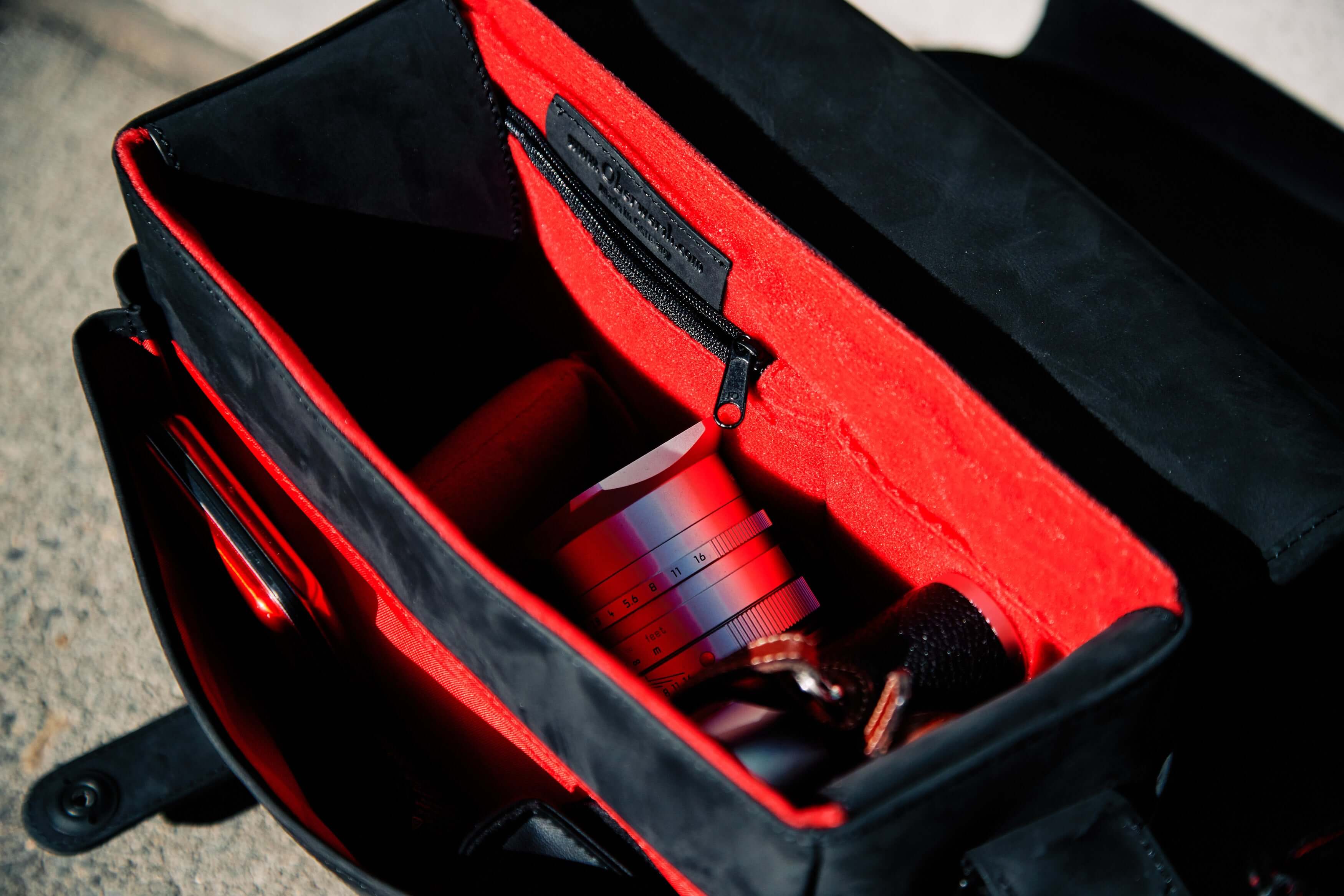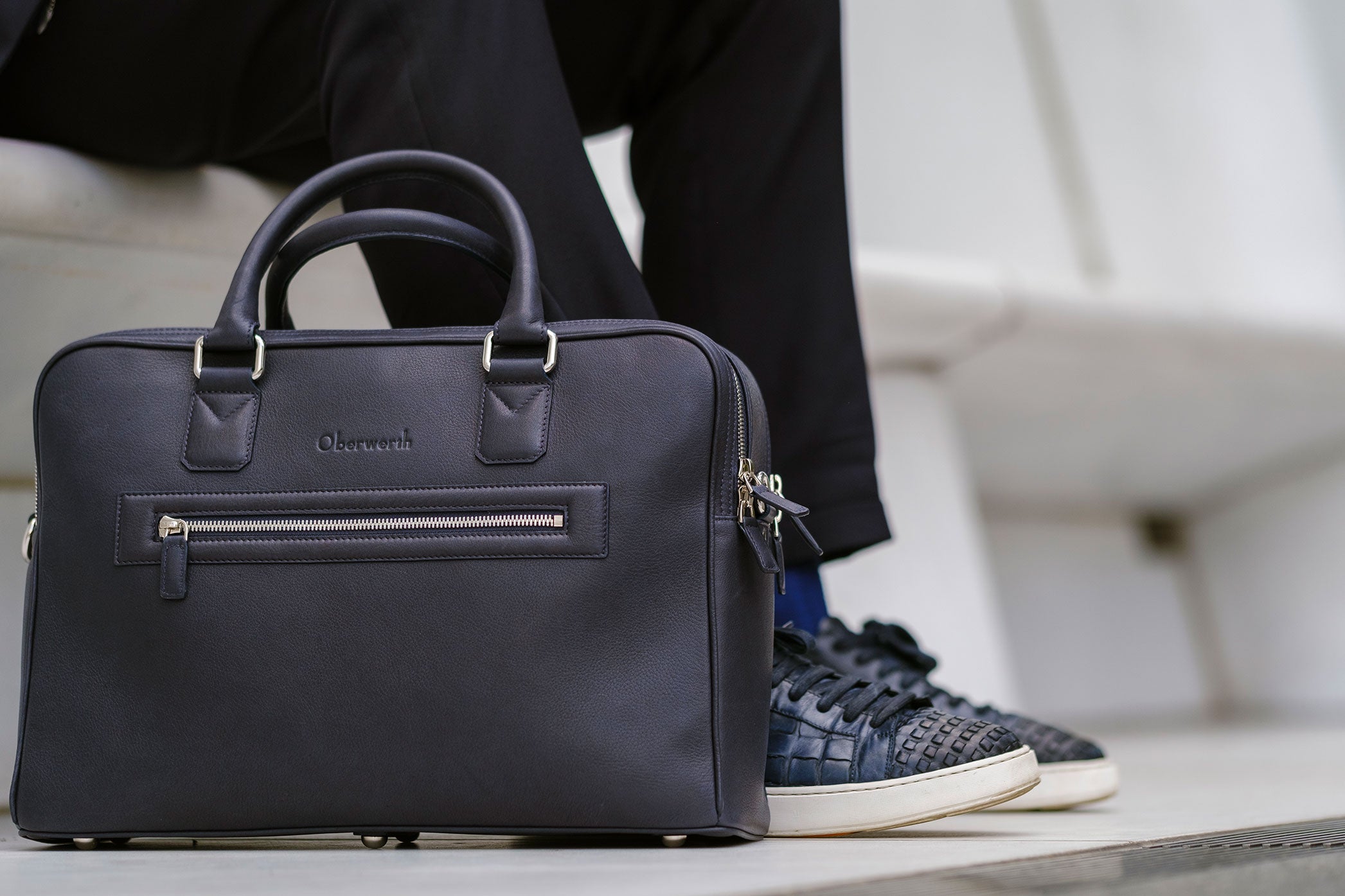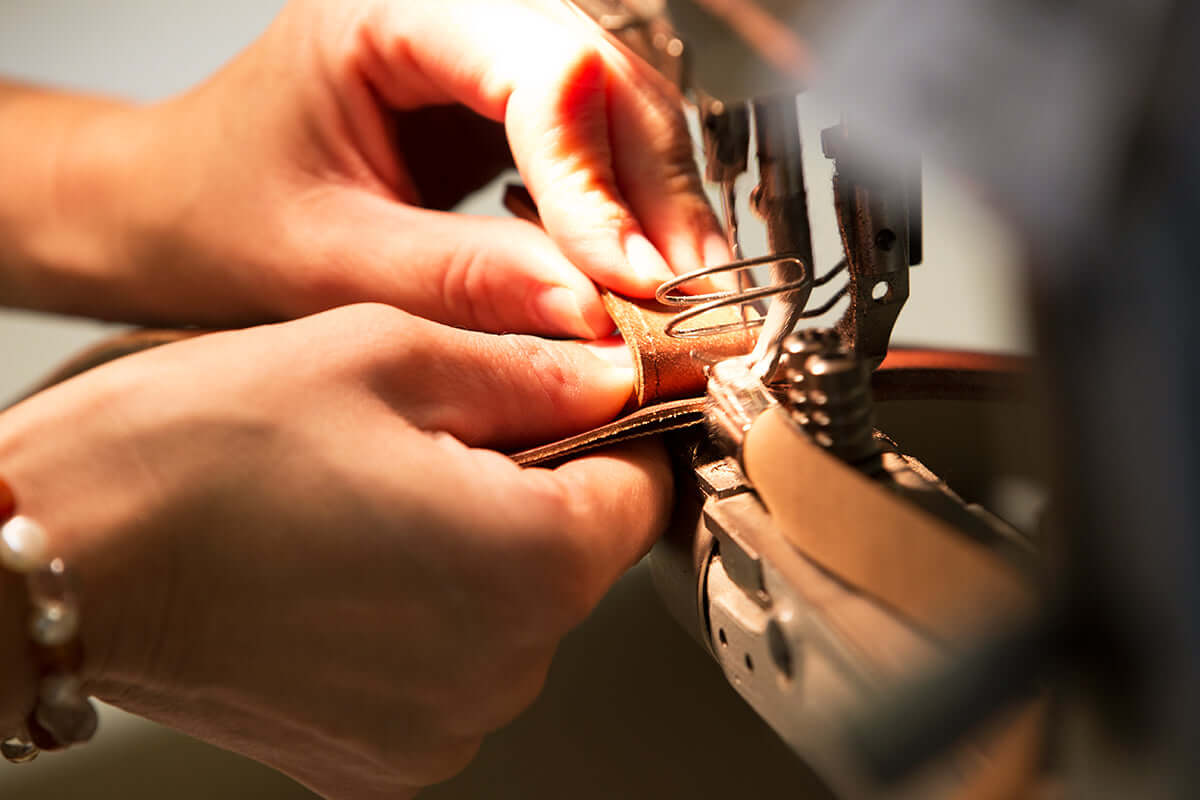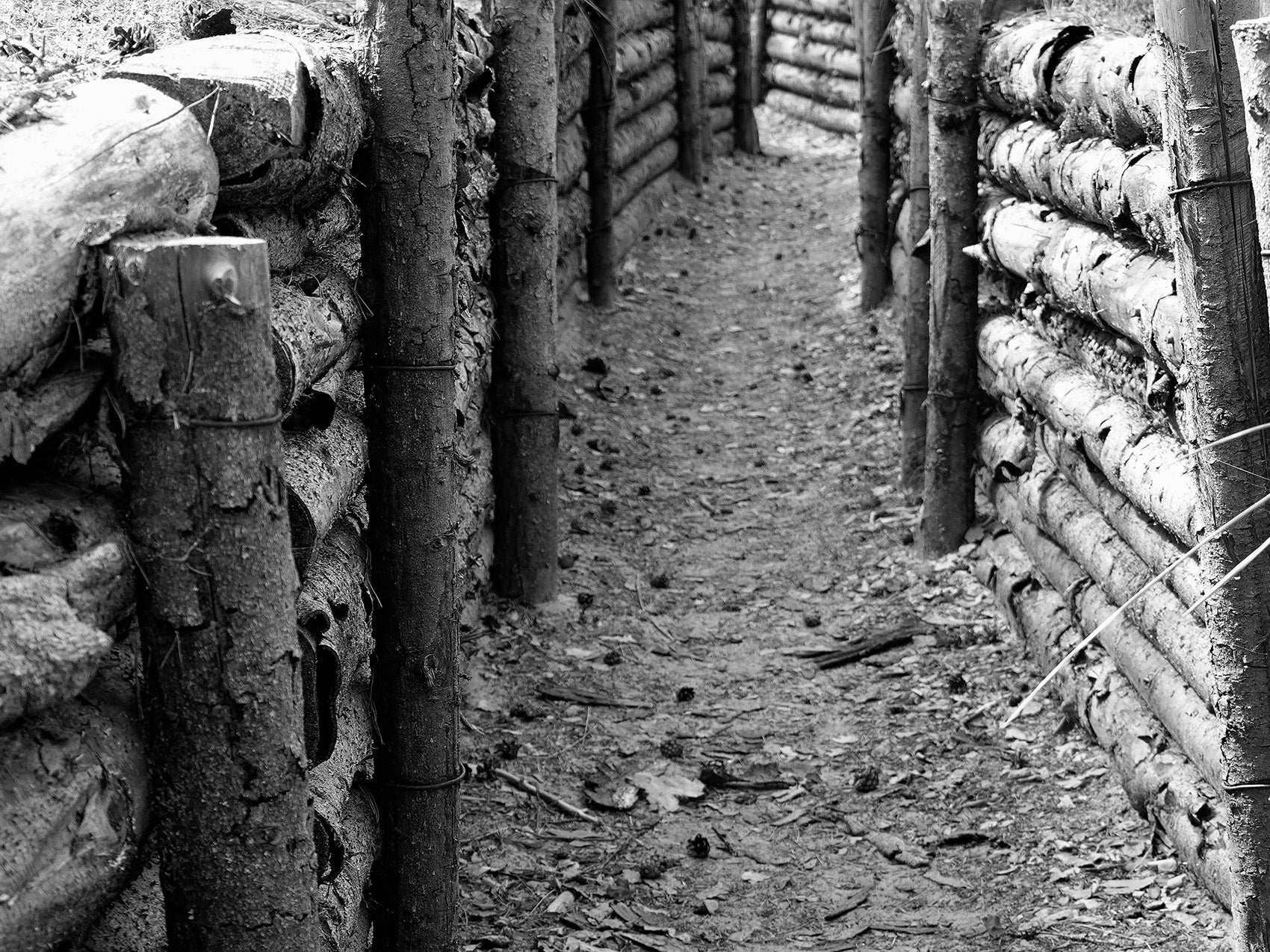
Capturing intimacy: The portrait photography of Diane Arbus
If one had to describe Diane Arbus' photographic work, it would probably be best placed somewhere on the cusp between empathy, complicity and voyeurism. Born in New York in 1923, Arbus became known for her unique images and often controversial approach to photography. Her genre par excellence is portrait photography and her preferred subject is people on the margins of society, including circus performers, trans people, people with physical characteristics and others who do not fit into social norms.
Empathy and distance
Diane Arbus' works are characterized by a particular congruence in her style. Her pictures are almost always frontal black and white portraits, which creates a sense of immediacy and personal encounter. As a result, Arbus creates a feeling of closeness and intimacy with the people in her pictures, which runs like a common thread through her entire photographic oeuvre.
The theme of intimacy also plays a major role in the topics that Diane Arbus deals with in her work and is always explicitly part of the subject matter, for example in her photographs of trans people from the 1950s and 1960s. These photos, in which the people are usually looking directly into the camera from the front, are often taken in their bedrooms and sometimes show them in a very private and vulnerable way.
This sense of intimacy in Arbus' pictures creates a feeling of closeness to the people portrayed and, as viewers, we think we see something of their lives flash up for a moment. The vulnerability that comes with the fact that the people in Diane Arbus' photographs allow themselves to be photographed so intimately, even though they are marginalized and discriminated against by society, gives rise to a special feeling of empathy.
Focus on the different
Diane Arbus was a socially committed photographer who worked her way into the social spaces of marginalized groups and got close to the people she wanted to have in front of her camera. For example, she focused on circus performers, nudists, trans people, twins, prostitutes and people with disabilities. Her choice to portray these people on the margins of society did not only earn her approval and praise. On the contrary, she was often criticized for the voyeurism of her images and accused of exploiting marginalized groups for her own benefit.
However, it is not only the unsparing depiction of people perceived as different, but also the intimate and at the same time uncomfortable atmosphere of the pictures that fascinates in Diane Arbus' work. The viewer always feels directly addressed and his empathy with the models forces him to confront the reality of these people in contrast to his own social privileges. So it is by no means about a kind of sensationalism that would objectify the models and portray them as completely separate from the viewer, but precisely about depicting people as our equals. Diane Arbus was concerned with emphasizing the insecurities, discomfort and isolation of the people in her pictures, but at the same time portraying them with dignity.
One aspect of photographic representation that particularly fascinated Diane Arbus in her work was the different facets of human existence and how people see themselves and want to be seen. Her photographs often question the boundaries between normality and deviation, between public image and inner reality. This deeper psychological dimension of her work makes it still highly topical today and continues to draw thousands of people to exhibitions of Diane Arbus' work.
"The people set in Arbus' world always reveal themselves. [...]
Instead of coaxing them to adopt a 'natural' or typical pose,
she encouraged her models to appear awkward - that is, to pose.
When they stand or sit so stiffly, they already look like images of themselves."
Susan Sontag, About Photography
Human portraits
It has been repeatedly emphasized that Diane Arbus' photographs transcend the genre of photography and approach the anthropological work of looking at people in general. Her images concentrate on the reality and everyday life of US society, even if this everyday life sometimes takes place far from the public focus.
Regardless of whether the people Diane Arbus asked to stand in front of her camera were people with physical characteristics, gender identities that deviated from the social norm of their time or other groups, we always see them as people who resemble us in their insecurity and vulnerability. Diane Arbus knows how to capture this fragile human side in her portraits like no other.
Controversial portrayals
Her later work includes the photo series Untitled , which was created between 1970 and 1971 and shows residents in homes for people with mental disabilities. The images have a depressing effect, even though the people in them, including many people with Down's syndrome, are often exuberant. The photographs in this series were taken during parties and leisure activities in the homes and often show the residents dressed up in masks and hats.
These images particularly raise the question of the legality of depicting these people and the series has been and continues to be extremely controversial. It is part of Diane Arbus' talent to incorporate the power relations and ethical boundaries of photography in such a unique way in each of the images in this series, thereby bringing them to the viewer's attention and questioning them.
Conclusion
Diane Arbus, who suffered from depression all her life, finally decided to commit suicide at the age of 46, leaving behind an impressive and fascinating body of work that continues to inspire reflection, discussion and change in our present. Her works delve deep into the human psyche and blur the boundaries between normality and otherness, beauty and discomfort. Arbus' work thus challenges us again and again and casts a spell over us. The many people on the fringes of society, whom Diane Arbus has repeatedly tried to bring into her midst and thus include, have achieved immortality in her pictures. To this day, her photographs are moving and stimulate discussion, because the themes that Diane Arbus captured on film with unique skill back in the 1960s are still relevant today.
Whether you want to explore the deep facets of the human psyche inspired by Diane Arbus' work or simply capture unique moments - the right equipment is crucial. In the Oberwerth Shop you will find high-quality camera bags and accessories that combine functionality with stylish design. From classic camera bags to modern sling bags and photo weekenders - protect your equipment with the finest craftsmanship made from the best materials. Take a look and discover the bags that suit you and your photographic style!

